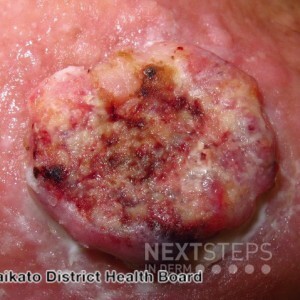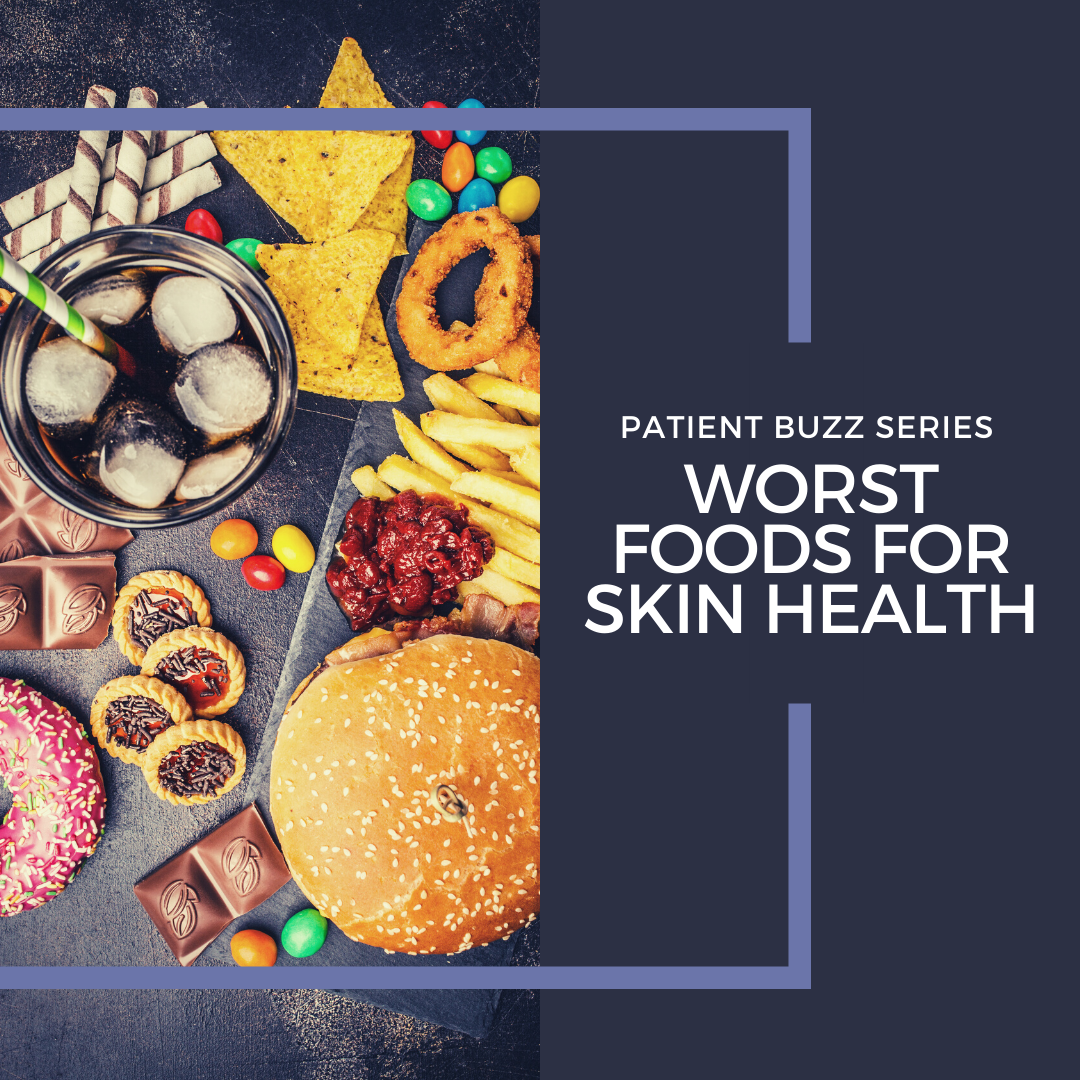Nutrition and Skin Aging | The Expert Weighs In
 Eat This, Not That! and SheFinds recently wrote articles about nutrition and skin aging. How strong is the science behind diet and aging skin? When should dermatologists address nutrition with their patients and what should dermatologists recommend?
For expert advice, I reached out to Heather Woolery-Lloyd, MD, director of the Skin of Color Division for the University of Miami Department of …
Eat This, Not That! and SheFinds recently wrote articles about nutrition and skin aging. How strong is the science behind diet and aging skin? When should dermatologists address nutrition with their patients and what should dermatologists recommend?
For expert advice, I reached out to Heather Woolery-Lloyd, MD, director of the Skin of Color Division for the University of Miami Department of …
 Eat This, Not That! and SheFinds recently wrote articles about nutrition and skin aging. How strong is the science behind diet and aging skin? When should dermatologists address nutrition with their patients and what should dermatologists recommend?
For expert advice, I reached out to Heather Woolery-Lloyd, MD, director of the Skin of Color Division for the University of Miami Department of …
Eat This, Not That! and SheFinds recently wrote articles about nutrition and skin aging. How strong is the science behind diet and aging skin? When should dermatologists address nutrition with their patients and what should dermatologists recommend?
For expert advice, I reached out to Heather Woolery-Lloyd, MD, director of the Skin of Color Division for the University of Miami Department of … Continue reading "Nutrition and Skin Aging | The Expert Weighs In"


 A 65-year-old male patient with a history of chronic sun exposure presents with the lesion pictured that has developed over the past year. The histopathological findings are notable for enlarged keratinocytes infiltrating into the dermis. What type of mutation is most commonly seen in the pathogenesis of this tumor?
A. Transition
B. Transversion
C. Termination
D. Pyrimidine dimer
…
A 65-year-old male patient with a history of chronic sun exposure presents with the lesion pictured that has developed over the past year. The histopathological findings are notable for enlarged keratinocytes infiltrating into the dermis. What type of mutation is most commonly seen in the pathogenesis of this tumor?
A. Transition
B. Transversion
C. Termination
D. Pyrimidine dimer
…  Nutrition is a popular topic in this month’s Patient Buzz. What foods accelerate skin aging? What happens to the skin when you cut out sugar? Will cutting out dairy result in clear skin?
Your patients may ask you questions based on what they have read in the media. Be prepared for your next office visits by reviewing this list of dermatology articles from the consumer press:
Allure …
Nutrition is a popular topic in this month’s Patient Buzz. What foods accelerate skin aging? What happens to the skin when you cut out sugar? Will cutting out dairy result in clear skin?
Your patients may ask you questions based on what they have read in the media. Be prepared for your next office visits by reviewing this list of dermatology articles from the consumer press:
Allure …